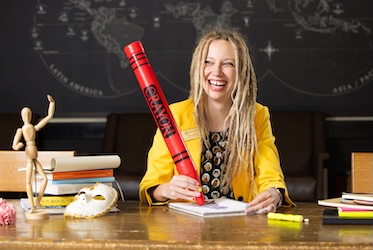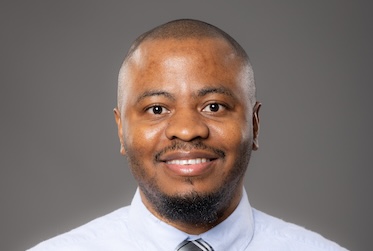
KSU researcher publishes study on flexible children’s prosthetics
KENNESAW, Ga. | Jun 3, 2020
Adults with prosthetic legs live full lives thanks to prostheses that flex at the knee. Children, however, have traditionally received stiff prostheses with no knee bend because conventional wisdom promoted that stiff legs were better at developing neuromuscular stability.
According to Mark Geil, chair of KSU’s Department of Exercise Science and Sport Management and a professor of exercise science in the Wellstar College of Health and Human Services, children walking with what he called an “Early Knee” prosthetic prescription had increased pace and step length over the “Traditional-Knee” prosthetics prescription, which are prescribed more often for children who experience limb loss.

“This is the culmination of a long series of experiments investigating how children walk with articulating prosthetic knees,” Geil said. “This last study is a particularly important piece in the series, because it’s the first time anyone has conducted a multi-site study of the two different knee protocols.”
With a grant from the Gerber Foundation, Geil conducted the study in conjunction with Children’s Healthcare of Atlanta and worked with children ages 12 months to 5 years old. Some children were treated with the early-knee protocol, with a prosthesis that bends at the knee for optimal range of movement, while others were treated with the traditional-knee protocol—with a knee that offers no flexibility. A control group of age-matched children without lower-leg limb loss also participated in the study.
The study, which was recently published in the online research journal PLOS ONE, observed the children walking, noting their pace and degrees of flexion during the movement. Children with prostheses often show adaptions such as vaulting (lunging upward with the ankle to accommodate limited range of movement), hip hiking (pushing the affected hip farther upward with each stride) and circumduction (rotating the hip to swing the leg forward), but in Geil’s study the children with early knee prostheses showed fewer such adaptations than the children using traditional knee prosthetics.
“These prostheses are available and have been available,” he said. “The point is that they’re just not commonly prescribed for children below a certain developmental level. That conventional wisdom has been established over the decades, just based on assumptions about how children develop. We’re countering that by collecting concrete evidence that challenges those assumptions.”

“The ironic thing is—and we mention this in the article—providing a knee at a younger age doesn’t actually cost anyone anything, at least not in the United States,” he said. “Clinical prosthetics uses a device-based billing and reimbursement system, and the code for the first prosthesis already includes a flexing knee.”
The study concludes that with no monetary cost considerations beyond the traditional knee protocol, and with children adapting physically to the flexible knee, the early knee prescription is a viable option to allow children experiencing lower leg amputation to participate fully in their childhoods—from the playground to the playing fields.
Geil said he will next focus his research on the psychological phenomenon of confirmation bias among individuals with limb loss, and how it might influence the use of technologically advanced prosthetic limbs.
Geil has worked on prosthetics since 1997, when he started as an assistant professor of health and performance sciences in Georgia Tech’s College of Human Movement Studies. He earned his undergraduate degree in mechanical engineering and his doctorate in biomedical engineering, and previously published a study in 2013 on children crawling successfully with early knee prosthetics.

He said he enjoys the application of his engineering training to prosthetics as well as the collaboration with clinicians and kinesiologists to make optimal movement possible.
“Prosthetics is a fascinating health care discipline for me because it combines fundamentals of engineering—solid mechanics, materials science, even heat transfer—with fundamentals of medicine,” he said. “As an engineer, I’m able to view the prosthesis as a mechanical system that can be optimized, but it’s essential to not stop there. We must consider the individual foremost. The prosthesis must enable the unique individual to function as naturally as possible.”
– Dave Shelles
Photos submitted
Related Stories

Kennesaw State student leverages Double Owl Pathways program to accelerate career path

Kennesaw State assistant professor receives national honor for mentorship in oncology nursing

Kennesaw State nursing student collects competitive scholarships, thrives in leadership positions

Kennesaw State graduate program shines at national orthotics and prosthetics conference
A leader in innovative teaching and learning, Kennesaw State University offers undergraduate, graduate, and doctoral degrees to its more than 47,000 students. Kennesaw State is a member of the University System of Georgia with 11 academic colleges. The university’s vibrant campus culture, diverse population, strong global ties, and entrepreneurial spirit draw students from throughout the country and the world. Kennesaw State is a Carnegie-designated doctoral research institution (R2), placing it among an elite group of only 8 percent of U.S. colleges and universities with an R1 or R2 status. For more information, visit kennesaw.edu.















